Astronomers are abuzz after the James Webb Space Telescope (JWST) uncovered a black hole that could have formed in the very earliest moments of the universe, just after the Big Bang. If confirmed, this would be the first evidence of a primordial black hole—a long-theorized object that challenges conventional ideas about how black holes are born.
A “Nearly Naked” Giant
The newly observed black hole, named QSO1, lies in a galaxy seen as it was about 700 million years after the Big Bang. What makes it extraordinary is its size and environment. Despite having a mass of around 50 million suns, it is surrounded by a surprisingly small amount of gas and dust—only about half that mass. Unlike modern galaxies where supermassive black holes are tiny compared to their surroundings, this one appears almost “naked.”
Another clue is the gas around QSO1, which contains only hydrogen and helium, the most basic elements. Heavier elements such as carbon, oxygen, and iron—produced inside stars—are missing. This suggests the black hole predates star formation, hinting it could have emerged directly from the dense conditions of the infant universe.
A Challenge to Existing Theories
Until now, most astronomers believed supermassive black holes formed after the deaths of giant stars, growing slowly over billions of years by merging with others and consuming matter. QSO1 defies this timeline: its enormous mass so early on cannot be explained by traditional models.
This has reignited interest in the primordial black hole theory, an idea proposed decades ago by Stephen Hawking and others. It suggests that, during the chaotic first moments after the Big Bang, intense fluctuations in density could have collapsed directly into black holes—well before stars and galaxies existed.
A Paradigm Shift in the Making
If proven, this discovery could rewrite our understanding of cosmic history. It would mean that black holes are not just the end stage of stellar life, but could also be among the universe’s first creations.
Future gravitational-wave detectors may provide the final proof, allowing scientists to trace the origins of these mysterious giants. For now, QSO1 stands as one of the most compelling pieces of evidence yet that the universe’s earliest days may have spawned black holes before almost anything else.

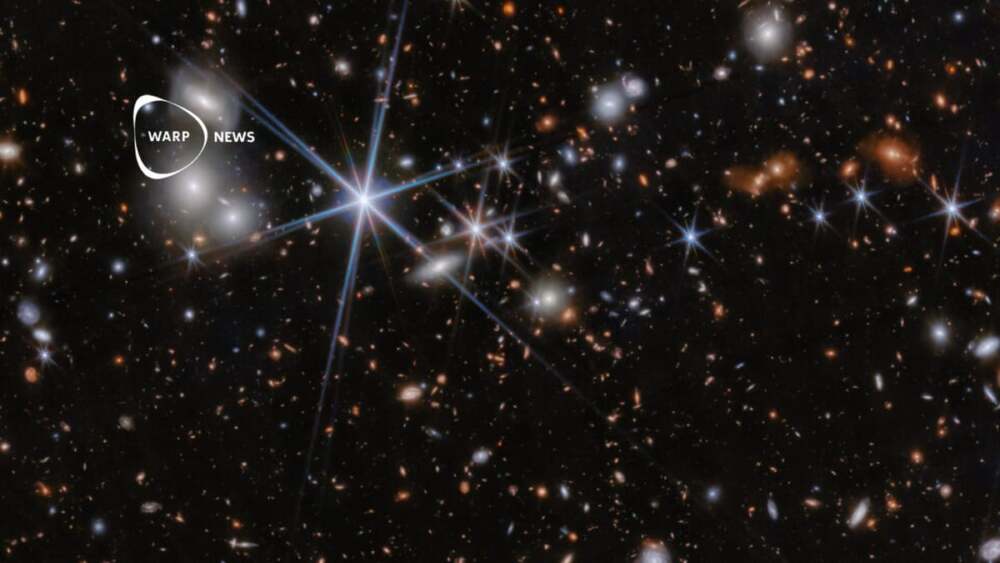




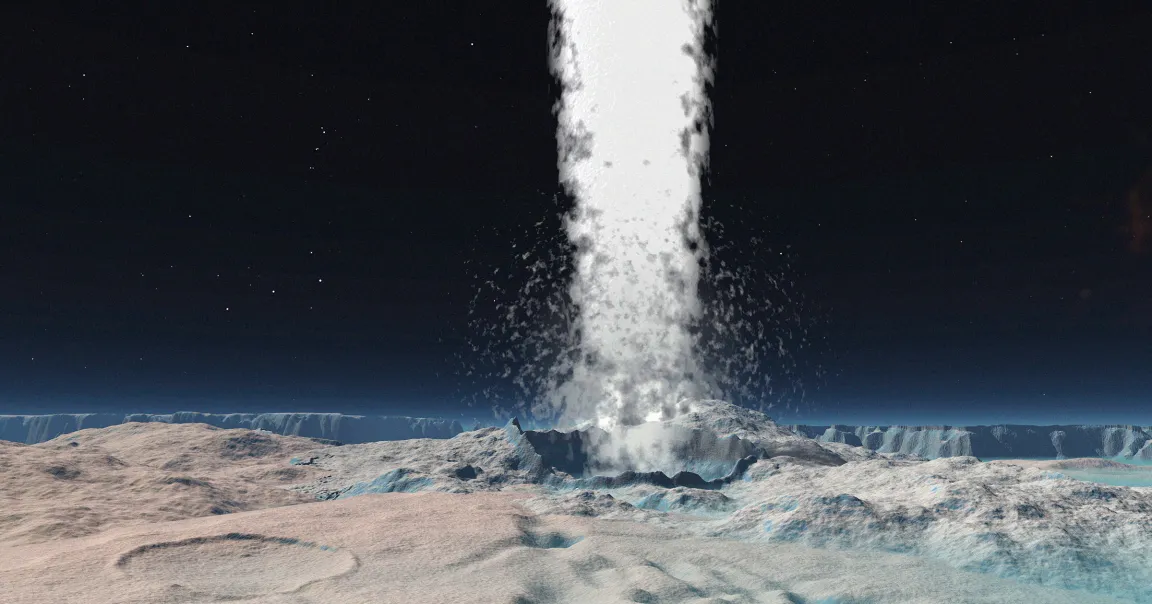
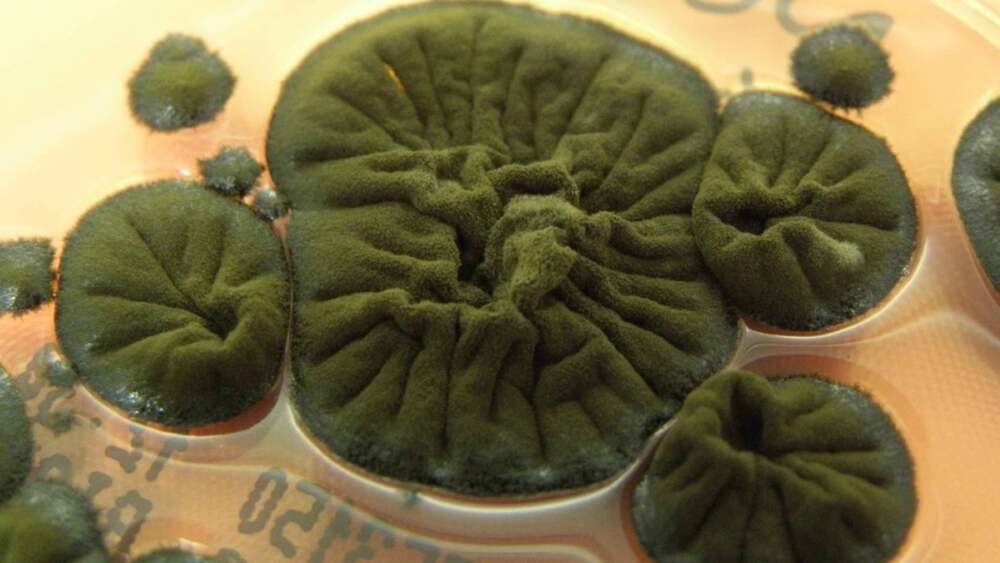
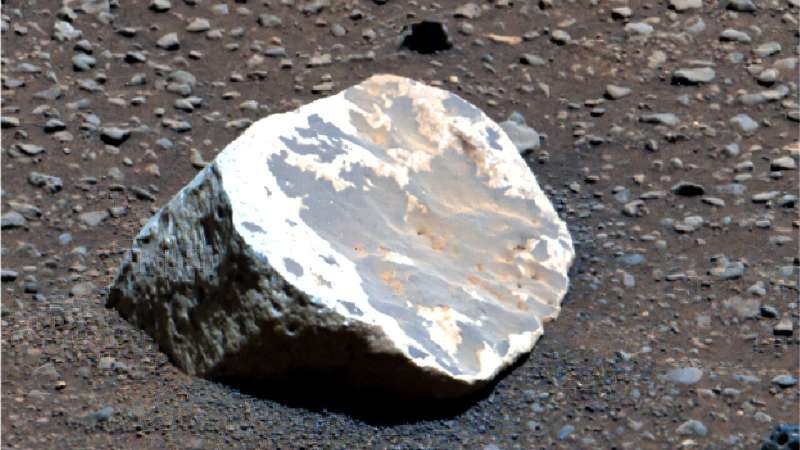
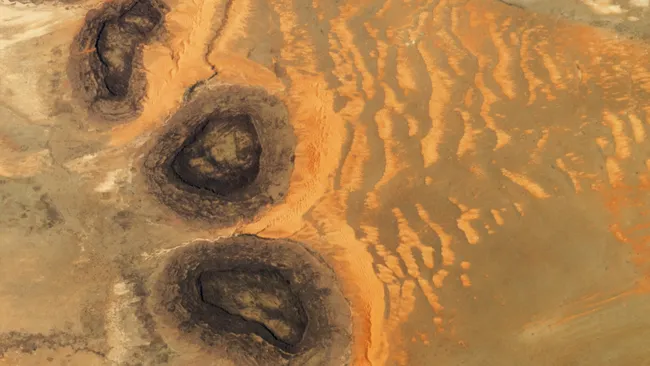

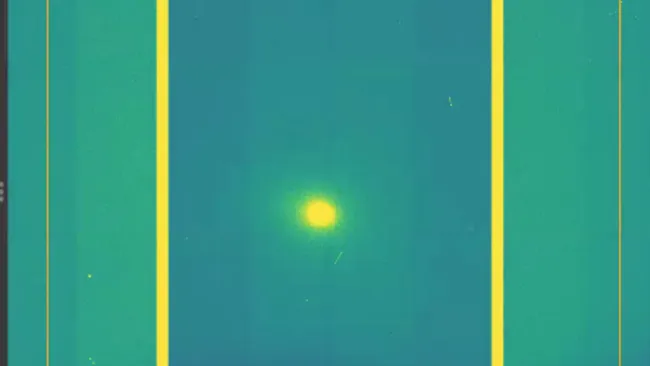




Leave a Reply